|
Me Sahyadri |
|
Indian blue robin |
|
May 2016 |
|
Volume 3, number 8 |
Please use minimum 1280 pixel horizontal screen
resolution for viewing. Please be patient while all the images in
webpage are loaded. Please do not use the images for any commercial
use without permission. Text in Marathi and English is not exact
translation. Please give sufficient time to allow the photographs to load. Special thanks to all those who helped me during the compilation and field work at Mahabaleshwar and Bhimashankar devraai for the help and guidance. |
|
|
|
|
|
|
सह्याद्री (पश्चिम घाट) हा एक नैसर्गिक संपदेचा, वैविध्यतेचा, भौगोलिक व ऐतिहासिक ठेवा आहे. वाढत्या मानवी अतिक्रमणाचा, सह्याद्रीच्या विविध घटकांवर होणारा दुष्परिणाम भविष्यात आपल्यालाच धोका निर्माण करेल, यात शंका नाही. शुद्ध पाणी, हवा व उर्जा, भावी पिढीला मिळण्यासाठी, नंद्यांचे उगम असलेला सह्याद्री व त्याभागातील जंगले टिकवणे महत्वाचे आहे. सह्याद्रीच्या महत्वाच्या घटकांचे महत्व छायाचित्रांद्वारे प्रकट करण्याचा मी येथे प्रयत्न केला आहे. येथील पक्षी, प्राणी, वनस्पती, अधिवास, किल्ले व लेणी अशा विविध विषयांबद्दल आपण समजुन घेऊ.
|
|
Western ghats, or Sahyadri as we all call it as, is a treasure trove of spectacular landscapes, biodiversity, flora, fauna, some amazing geological wonders and manmade monuments. With the increasing pressure from human encroachment, all these elements are under stress and in turn are under depletion. Western ghats should be left untouched by human beings, to protect their future generations from getting short of resources, such as water, energy and clean air. The important elements of western ghats, which need protection are highlighted in the new version of Photo journal , Me Sahyadri Magazine. The various issues of journal have a brief of inspiring subjects such as birds, mammals, forts, ancient caves, snakes and the ambiance.
|
|
|
| |
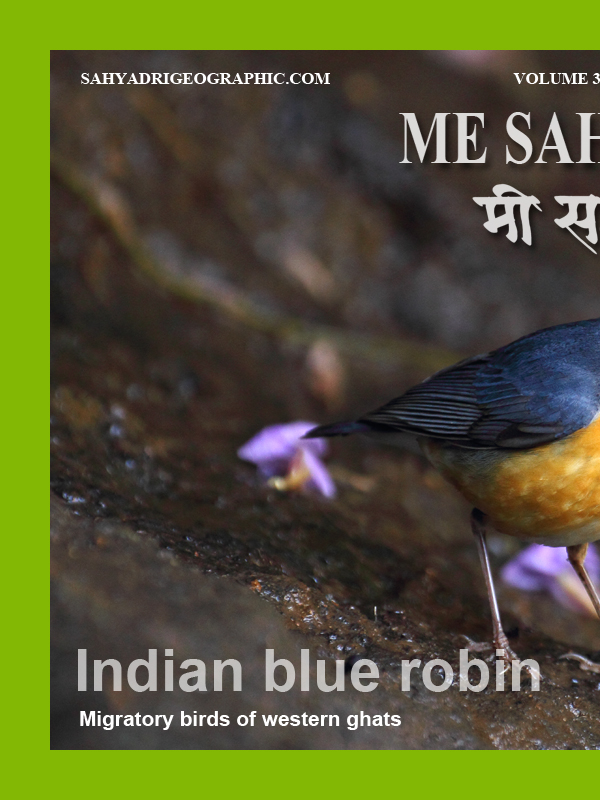 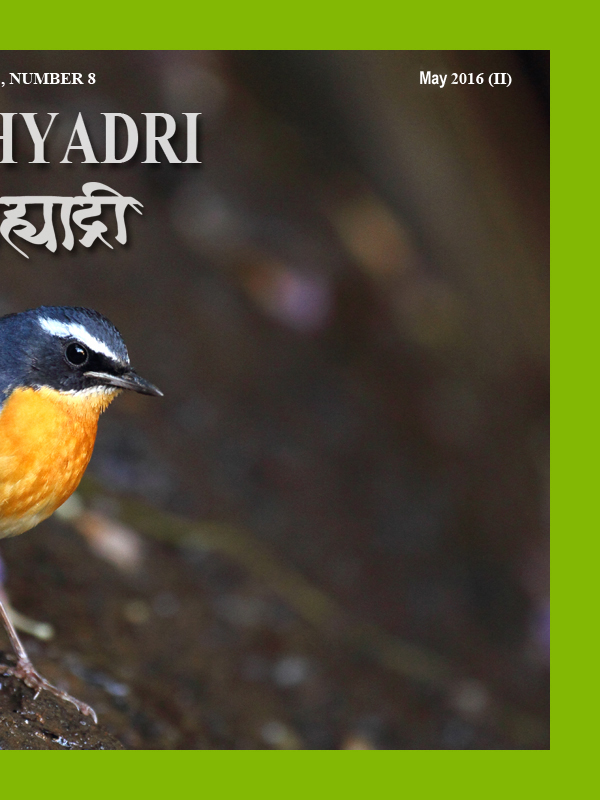
|
| |
| Me Sahyadri – April 2016 - Indian blue robin
|
| |
|
|
इंडियन ब्लु रॉबिन हा एक लहान चिमणी पेक्षा थोडा मोठा पक्षी आहे. हा पक्षी हिमालयात व ब्रह्मदेश, चीन मध्ये विणीच्या हंगामात आढळतो. जंगलात जमिनीवर झाडांखालच्या पानगळीत हा पक्षी रहातो. पाठीकडे निळा तर पोटाकडे केशरी रंगाचा हा पक्षी दिसायला अत्यंत सुंदर दिसतो. मराठीत याला सर्वमान्य नाव नसले तरी आपण याला निळा चीरक असे म्हणु शकतो.
|
|
Scientific name of Indian blue robin is Luscinia brunnea. The bird is also known as Indian blue chat. This is a small Himalayan bird from thrush family (Turdidae). It has blue and orange plumage. It is slightly larger than the common house sparrow. The bird seems to have no name in Marathi.
|
|
|
 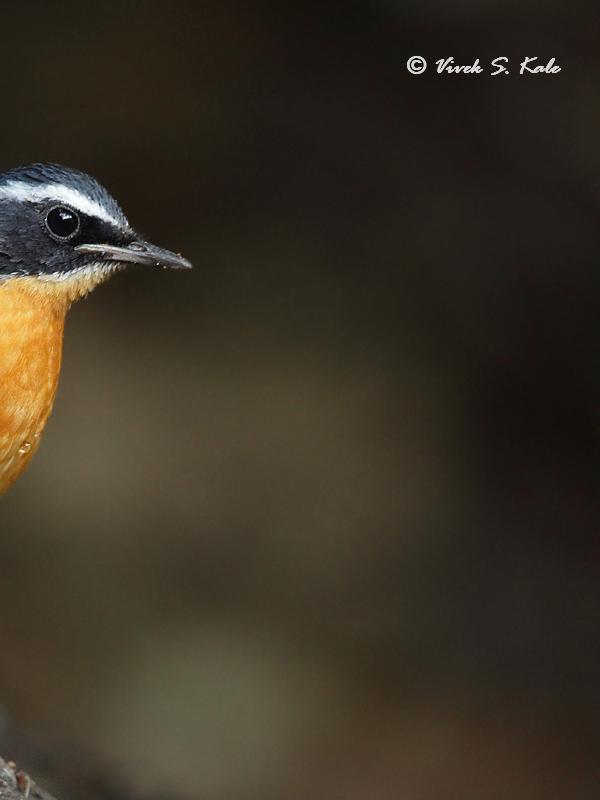
|
| |
| 1. Indian blue robin male, western ghats, Maharashtra, India
|
| |
|
|
| |
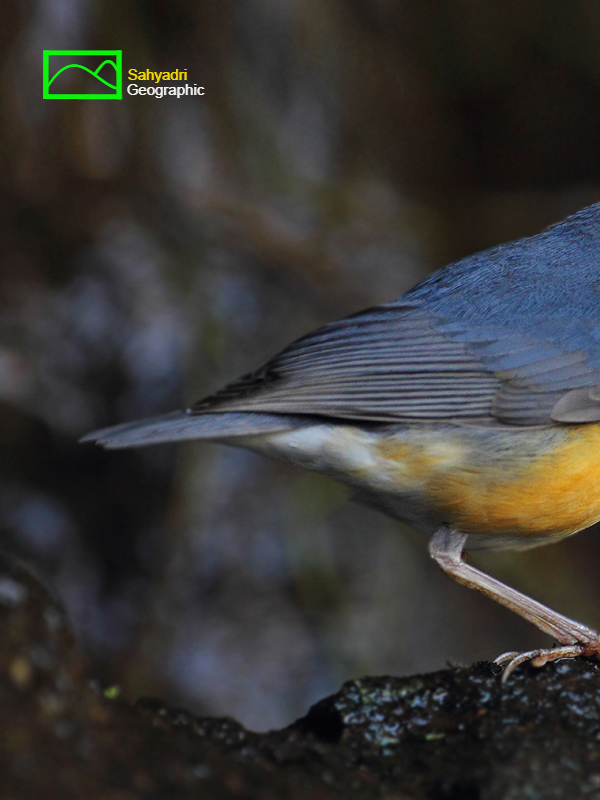 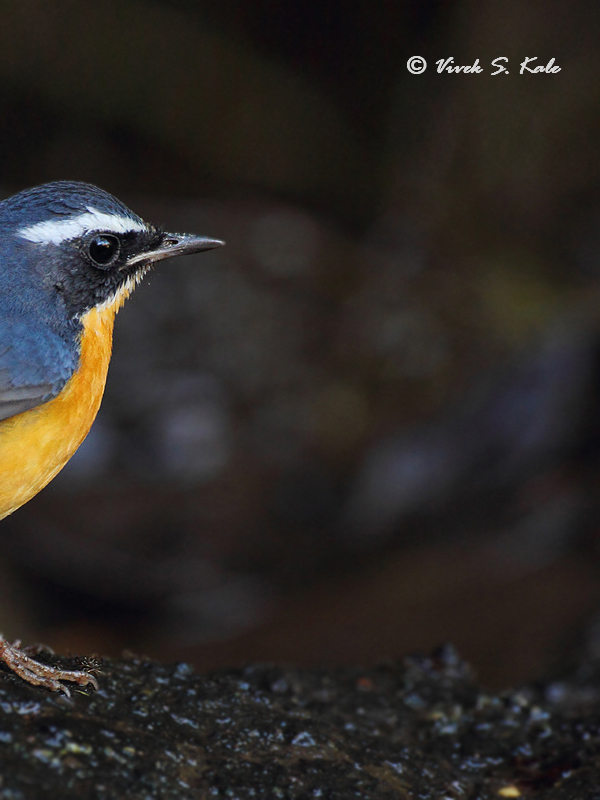
|
| |
| 2. Indian blue robin male, western ghats, Maharashtra, India
|
| |
|
|
| |
 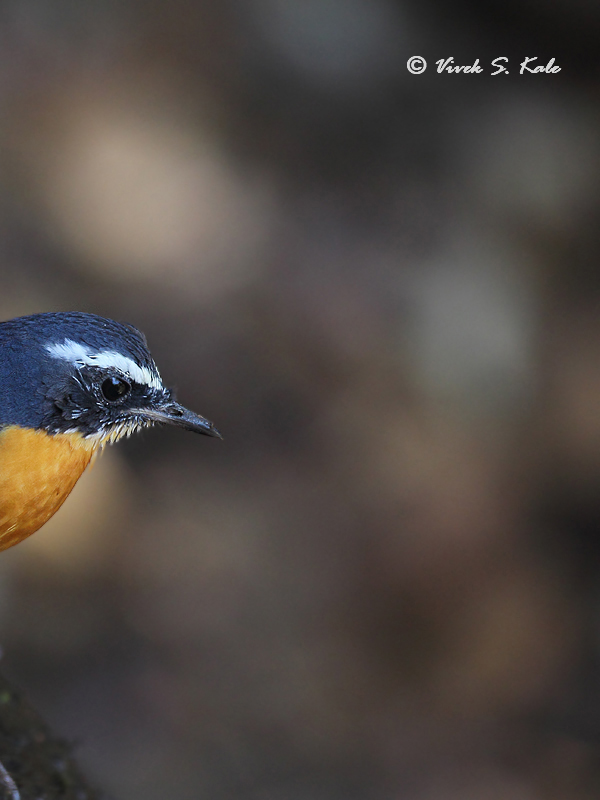
|
| |
| 3. Indian blue robin male, western ghats, Maharashtra, India
|
| |
|
|
निळा चीरक आकाराने १३ ते १५ से.मी. लांब असतो. नर व मादी पक्षी रंगरुपाने वेगवेगळे दिसतात. याला इंग्रजीत सेक्शुअल डायमोर्फिजम असे म्हणतात.
|
|
The bird is about 13 to 15 cm in size (length from its beak to tail). The sexual dimorphism can be seen in this bird species. Sexual dimorphism is the difference in appearance between males and females of the same species, such as in colour, shape, size, and structure.
|
|
|
| |
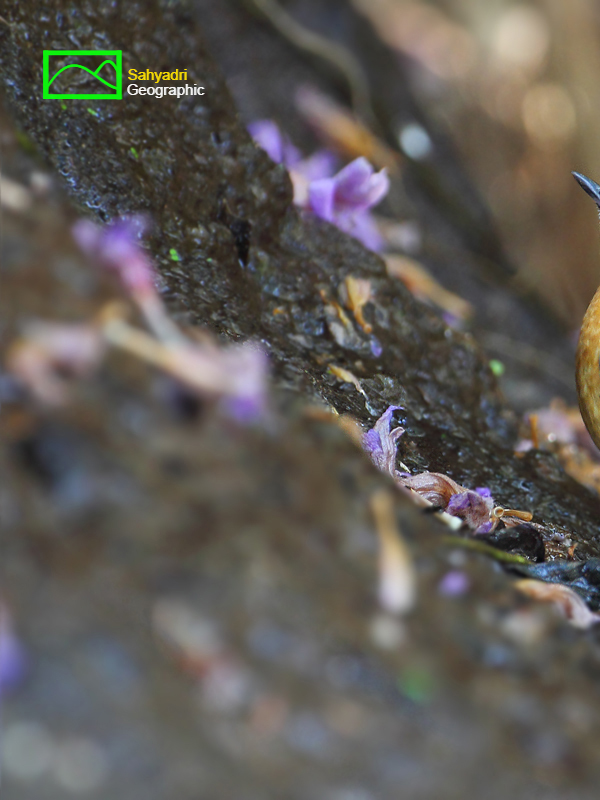 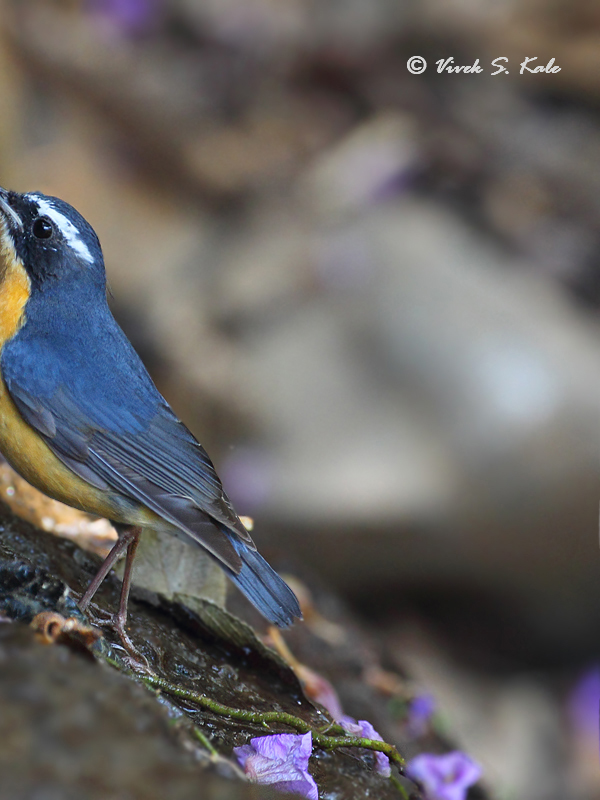
|
| |
| 4. Indian blue robin male, western ghats, Maharashtra, India
|
| |
|
|
| |
 
|
| |
| 5. Indian blue robin male, western ghats, Maharashtra, India
|
| |
|
|
| |
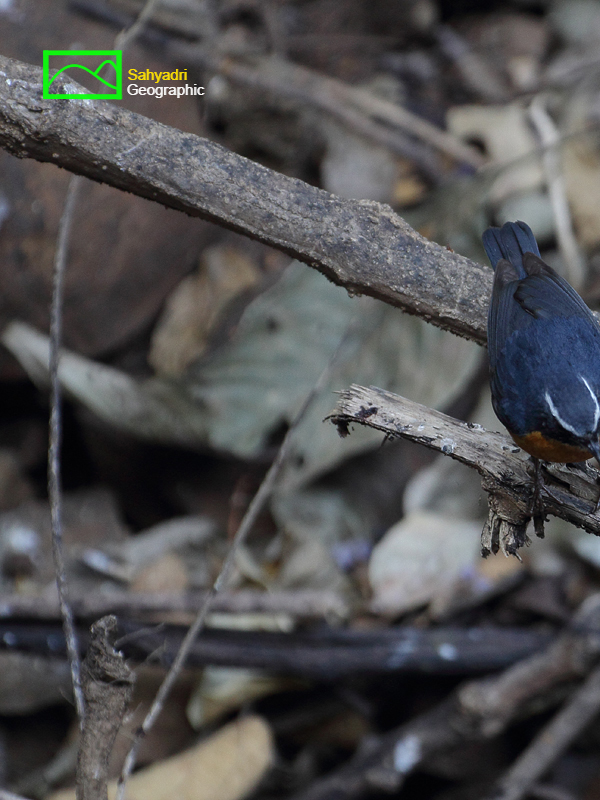 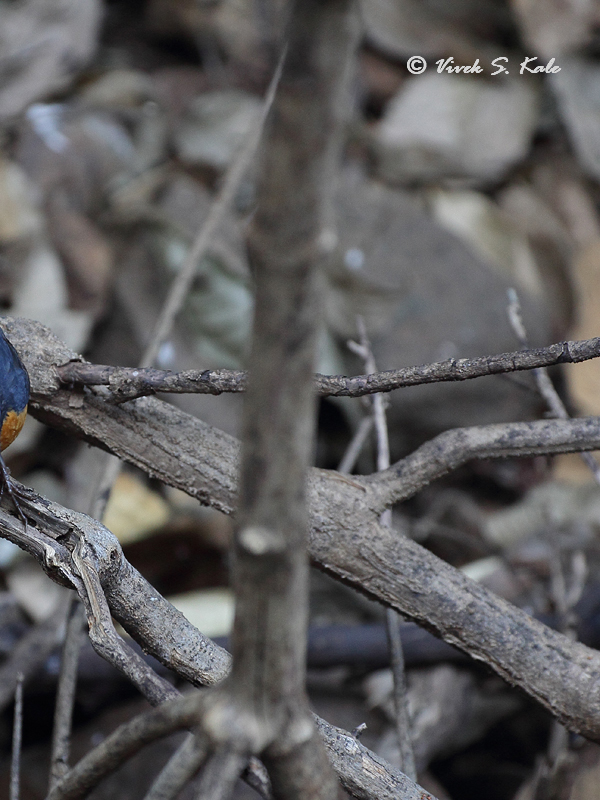
|
| |
| 6. Indian blue robin male, western ghats, Maharashtra, India
|
| |
|
|
नर पक्षी रंगरुपाने अत्यंत सुंदर असतो. नर पाठीकडे काळपट निळा असतो. तर छाती कडे तो केशरी रंगाचा असतो. त्याच्या डोळ्यावर सफेद आडवी भुवईसारखी लांब व रुंद पट्टी असते. इतरत्र डोळ्याच्या आजुबाजुसचा रंग काळपट निळा असतो. शेपटाखालचा भाग सफेद असतो. हनवटीला व काळ्या गालांखाली लहान सफेद लकेर असते. त्याचे पाय पांढरट गुलाबी असतात.
|
|
The male bird has blue upperparts. The underbody of male bird is orange rufous. The bird has long broad white supercilium. The lore of the male bird is bluish black. The eye strip is blusih black which coverts ear coverts up to neck. Point of chin and narrow line under the black cheeks is white. The under tail and lower belly are white. The legs and feet are pale pinkish white. Iris of the eyes is dark brown.
|
|
|
| |
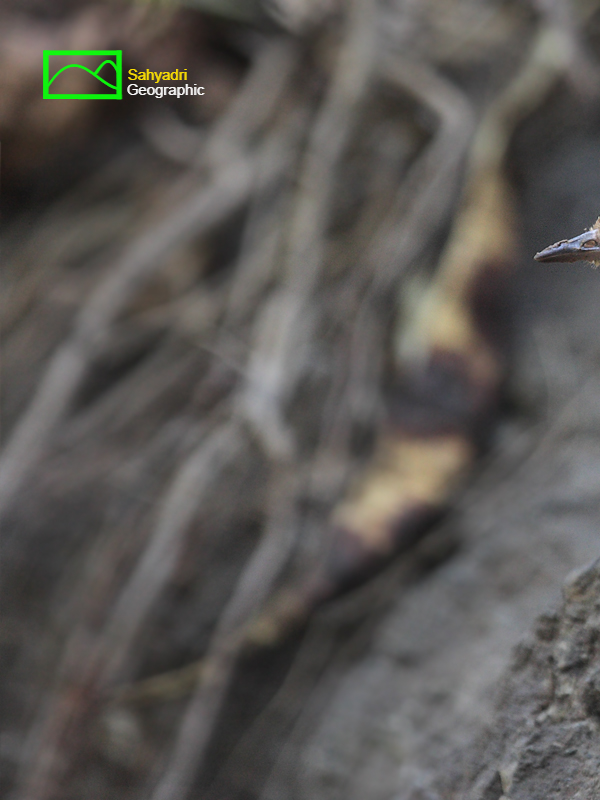 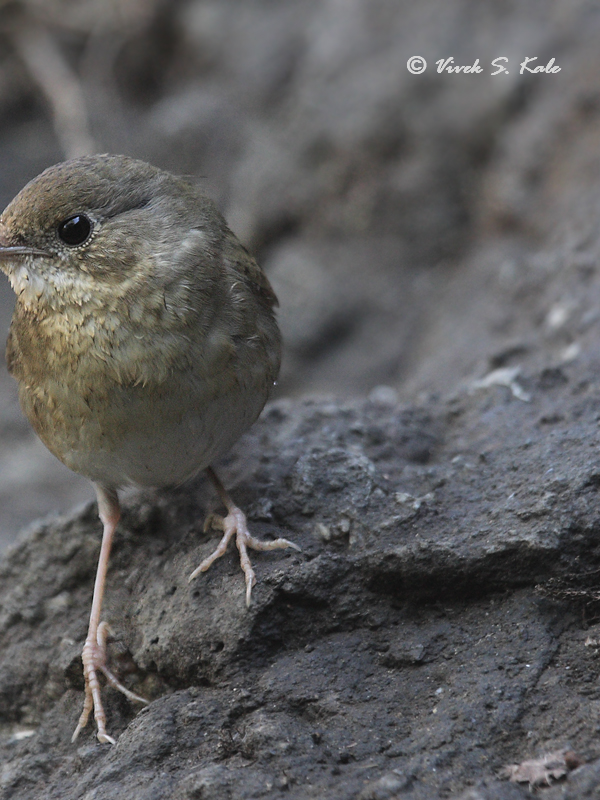
|
| |
| 7. Indian blue robin female, western ghats, Maharashtra, India
|
| |
|
|
| |
 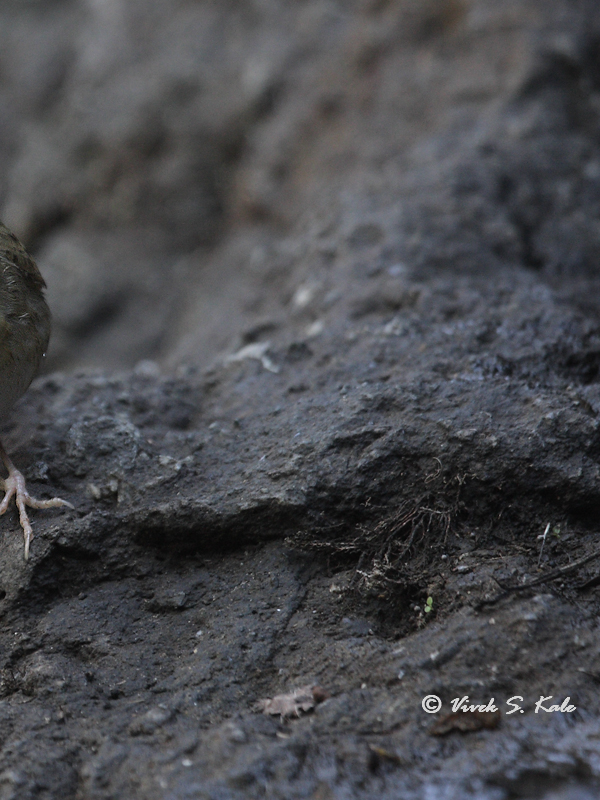
|
| |
| 8. Indian blue robin female, western ghats, Maharashtra, India
|
| |
|
|
मादी पक्ष्याचा रंग हिरवट करडा भुरा असतो. पोटाकडे तीचा रंग सफेद असतो. पक्ष्याची पिल्ले एक दिड वर्षांपर्यंत मादी सारखी दिसतात. त्यांचे रंग जास्त गडद असतात.
|
|
The adult female is olive-brown with whitish under-parts except for the Rufus breast. The young male is like the female but has the back darker and much suffused with blue.
|
|
|
| |
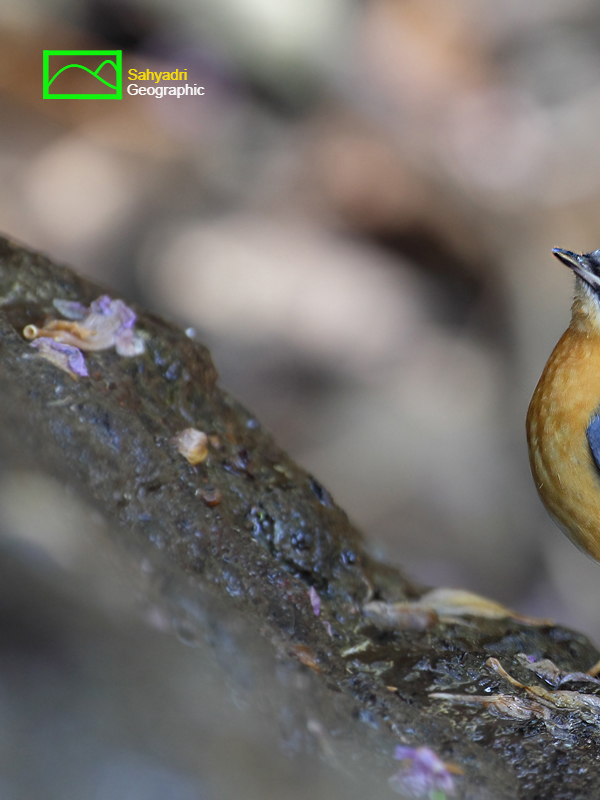 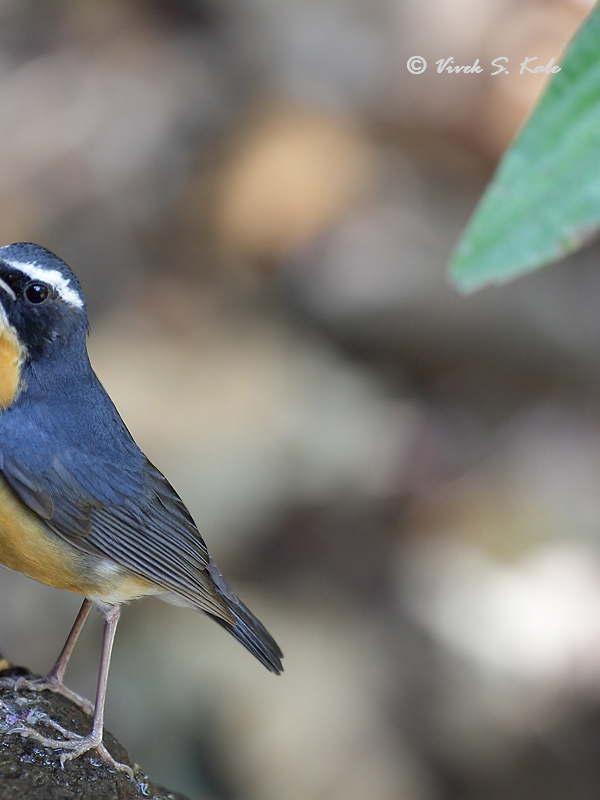
|
| |
| 9. Indian blue robin male, western ghats, Maharashtra, India
|
| |
|
|
| |
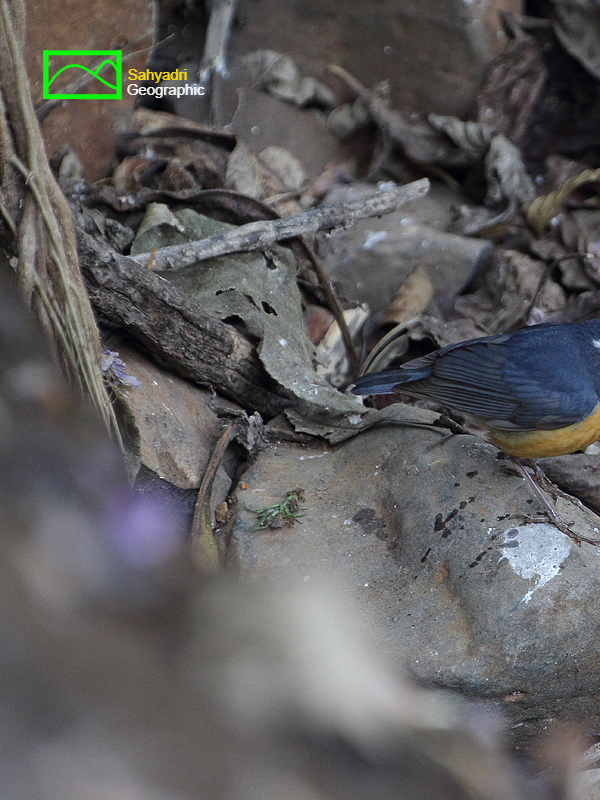 
|
| |
| 10. Indian blue robin male, western ghats, Maharashtra, India
|
| |
|
|
| |
 
|
| |
| 11. Indian blue robin male, western ghats, Maharashtra, India
|
| |
|
|
निळ्या चीरकाच्या दोन उपजाती आहेत. लुसिनिया ब्रुनिआ ब्रुनिआ आणी लुसिनिया ब्रुनिआ वीकहॅमी अशी त्यांची नावे आहेत. यातील लुसिनिया ब्रुनिआ ब्रुनिआ उपजातीचे पक्षी उन्हाळ्यात विणीसाठी उत्तर अफगाणीस्तान पासुन पुर्वोत्तर भारतातील हिमालयात, मध्य चीन मध्ये आढळतात. हिवाळ्यात लुसिनिया ब्रुनिआ ब्रुनिआ उपजातीचे पक्षी भारत व श्रीलंका च्या जंगलात आढळतात. लुसिनिया ब्रुनिआ वीकहॅमी उपजातीचे पक्षी मात्र स्थलांतर करत नाहीत. हे पक्षी मणिपुर व ब्रह्मदेशाच्या चीन प्रांतातील डोंगररांगामंध्ये आढळतात.
|
|
There are two subspecies of Indian blue robin, Luscinia brunnea. The two subspecies are Larvivora brunnea brunnea and Larvivora brunnea wickhami.
Out of these 2 subspecies, Larvivora brunnea brunnea is prominently recorded in India.
Larvivora brunnea brunnea breeds in north east Afghanistan east through Himalaya to north eastern India and central china. The bird migrates in winter to India and Srilanka.
The other subspecies Larvivora brunnea wickhami is recorded in Chin hills of Myanmar and is not migratory.
|
|
|
| |
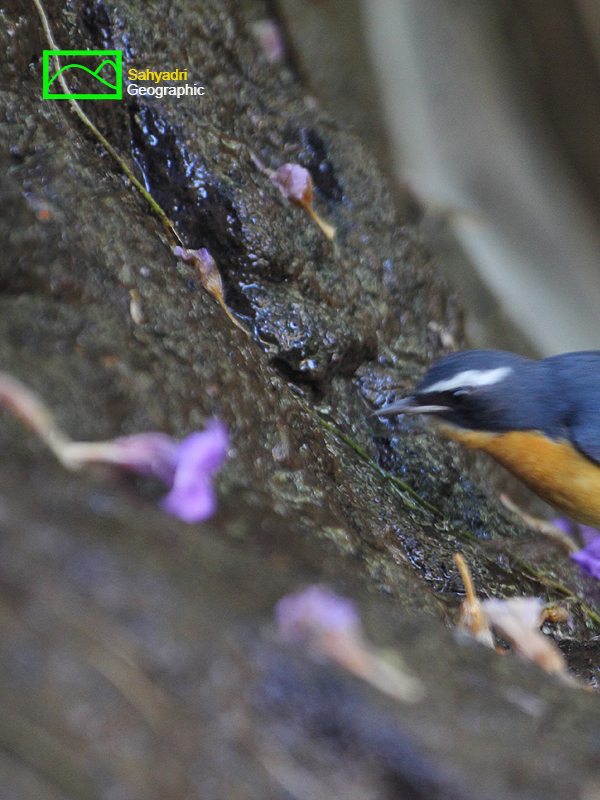 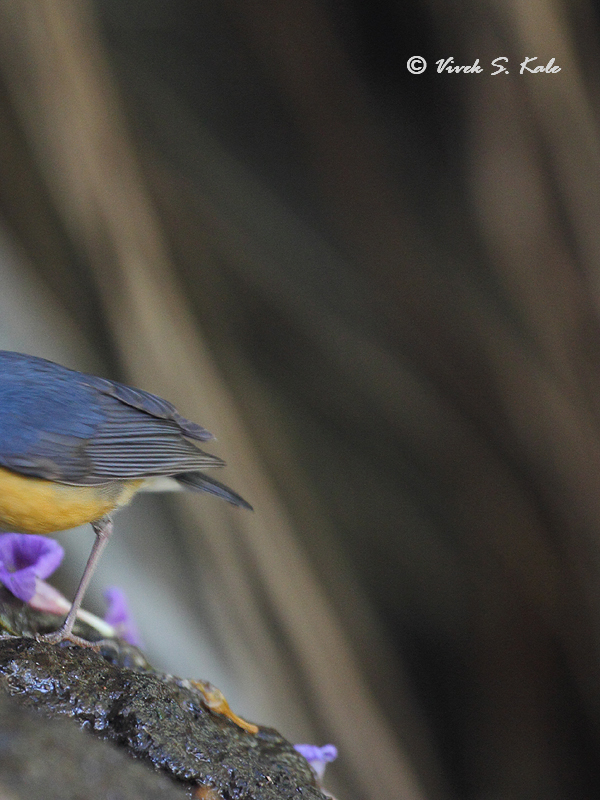
|
| |
| 12. Indian blue robin male, western ghats, Maharashtra, India
|
| |
|
|
| |
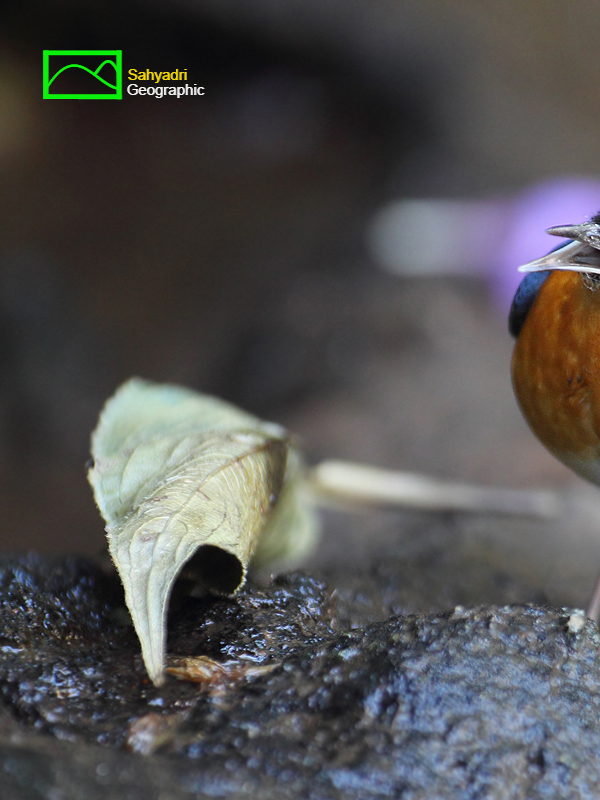 
|
| |
| 13. Indian blue robin male, western ghats, Maharashtra, India
|
| |
|
|
| |
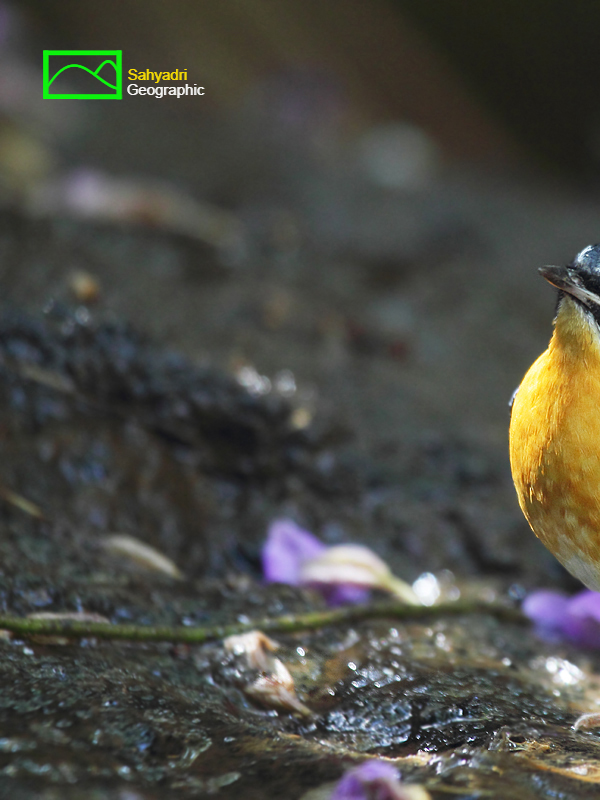 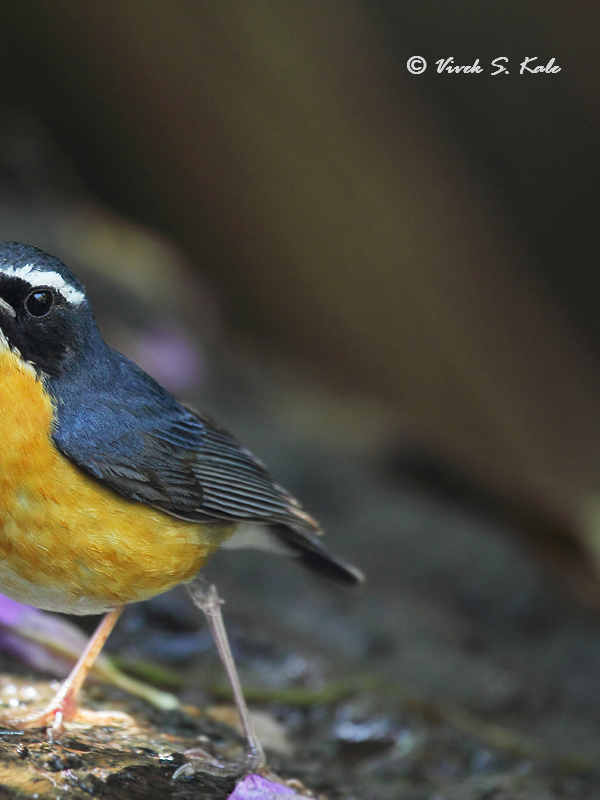
|
| |
| 14. Indian blue robin male, western ghats, Maharashtra, India
|
| |
|
|
निळा चीरक किडे खातो. घनदाट जंगलात जमिनीवर पडलेल्या पालापाचोळ्यात हा पक्षी चालता चालता किडे पकडताना दिसतो. झाडांवर तो क्वचित जातो. असे चरताना तो क्वचित प्रसंगी उड़्या मारतो. शेपटाच्या पिसांचा फुलोरा करुन त्या हालचाली करतो. जमिनीवर पडलेली पाने उलटवुन तो त्या खालच्या किड़्यांना शोधतो. झऱ्यांच्या आजुबाजुस पाणथळ भागात तो हमखास आढळतो. मे ते जुलै या काळात तो हिमालयात व चीनमध्ये विणीसाठी जातो. तेथे तो जमिनीवर आपले घरटे बनवतो. हिवाळ्यात सह्याद्री, श्रीलंका, पुर्व घाटात जंगलात आढळतो. त्याची शीळ तो सुरवातीस संथ हळुहळु वाजवतो तर शेवटाला तो शीळ वाजवण्याची गती वाढवतो.
|
|
The Indian blue robin is insectivorous bird. These birds are found in dense evergreen forest undergrowth. It feeds mainly on the ground. It moves around in undergrowth in forested region.It uses its tail fanning for these small hops and manoeuvres on the ground. It turns the leaves on the forest floor to search the insects, particularly around the moist streams and under the trees with fruits fallen on the ground. It breeds from May to July in Himalaya. It nests on the ground. The female is believed to incubate but both sexes take part Indian blue robin sings and calla in their winter grounds. The song consists of sudden and sharp series of whistles ending in a rapid series of notes. They also utter a sharp and low clicking alarm note.
|
|
|
| |
 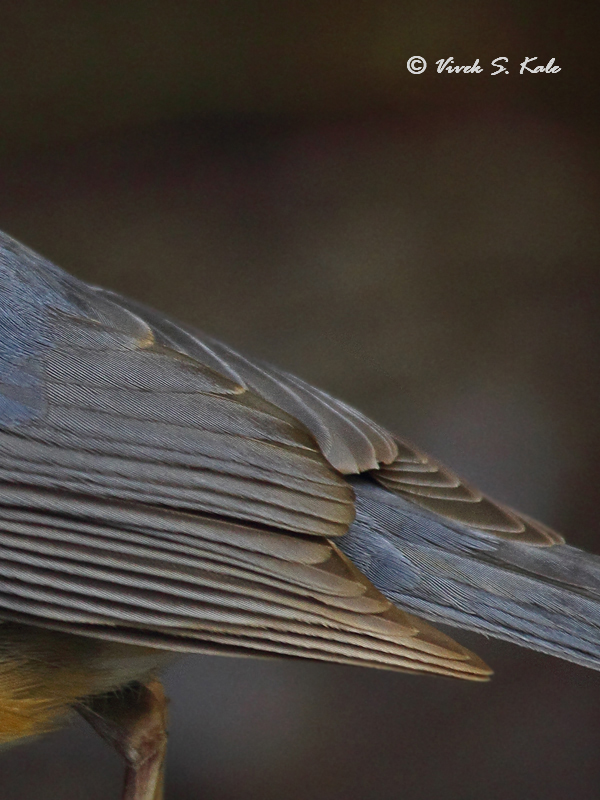
|
| |
| 15. Indian blue robin male, western ghats, Maharashtra, India
|
| |
|
|
| |
 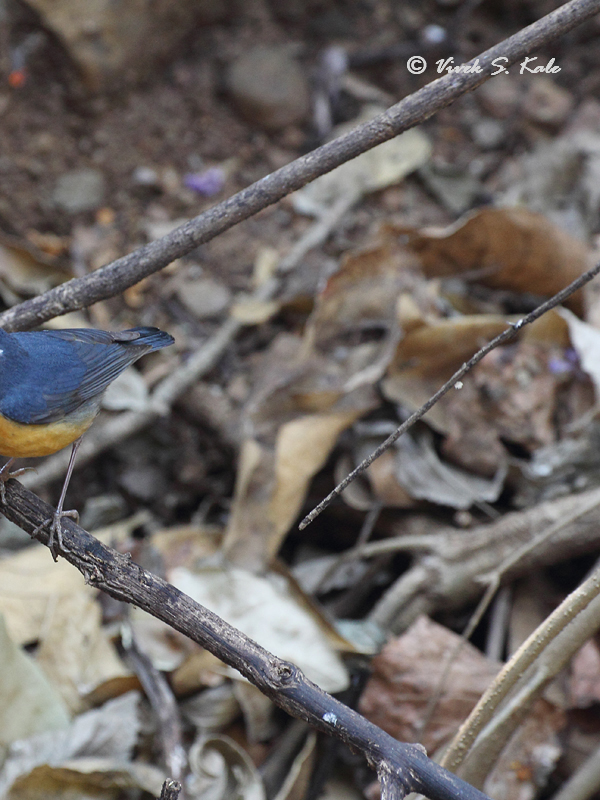
|
| |
| 16. Indian blue robin male, western ghats, Maharashtra, India
|
| |
|
|
| |
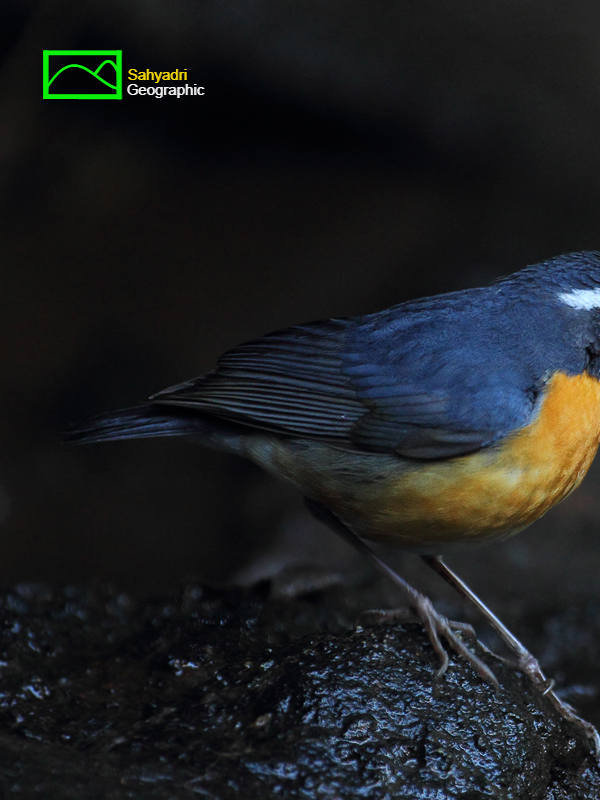 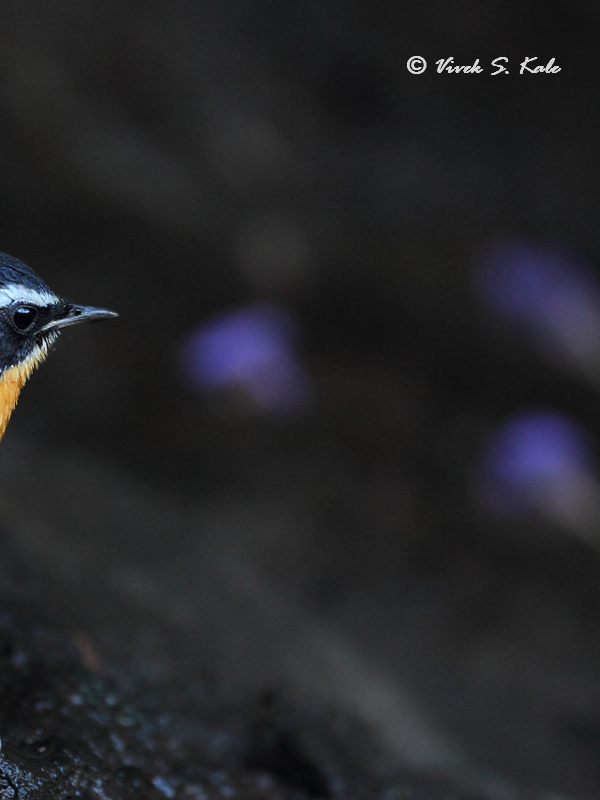
|
| |
| 17. Indian blue robin male, western ghats, Maharashtra, India
|
| |
|
|
| |
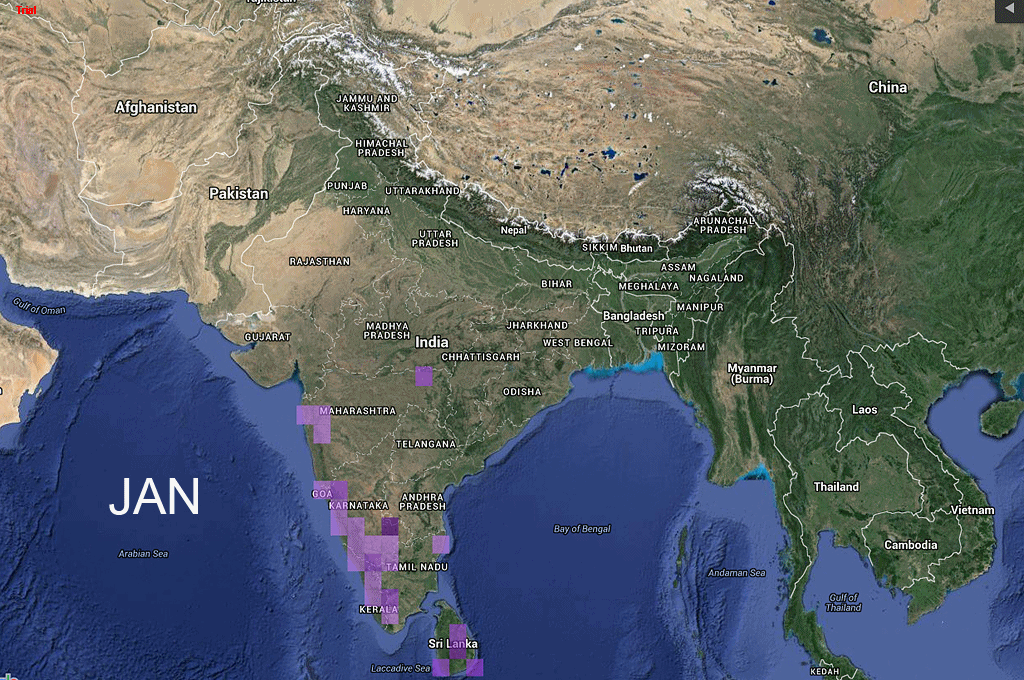
|
| |
| 18. Indian blue robin male migration, courtesy ebirds 2016.
|
| |
|
|
| |
 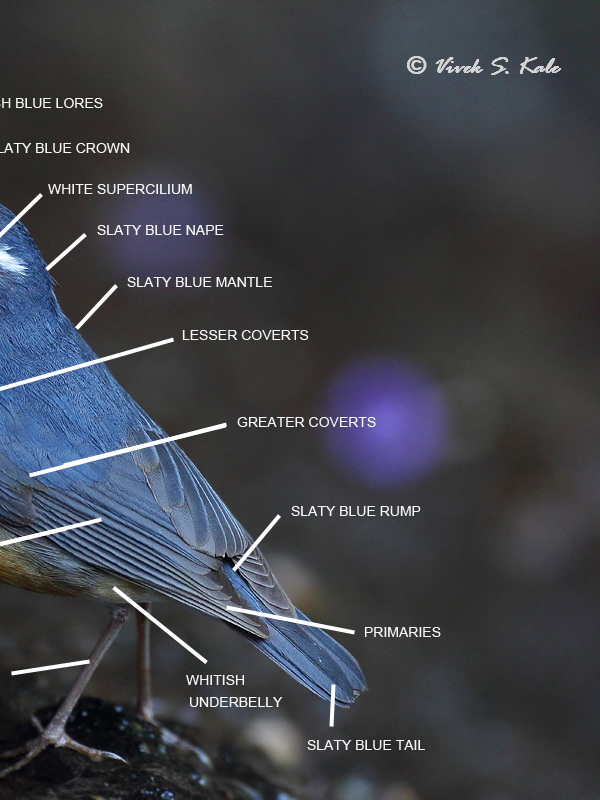
|
| |
| 19. Indian blue robin male, western ghats, Maharashtra, India
|
| |
|
|
| |
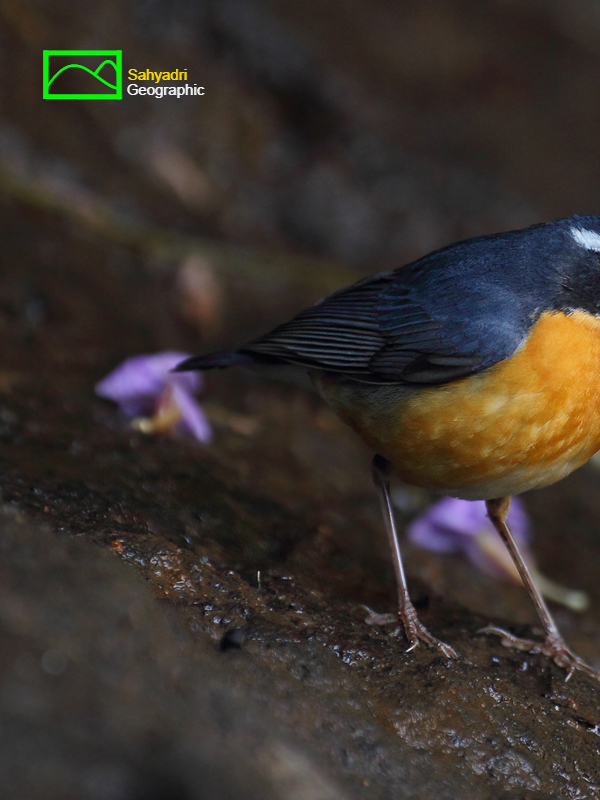 
|
| |
| 20. Indian blue robin male, western ghats, Maharashtra, India
|
| |
|
|
| |
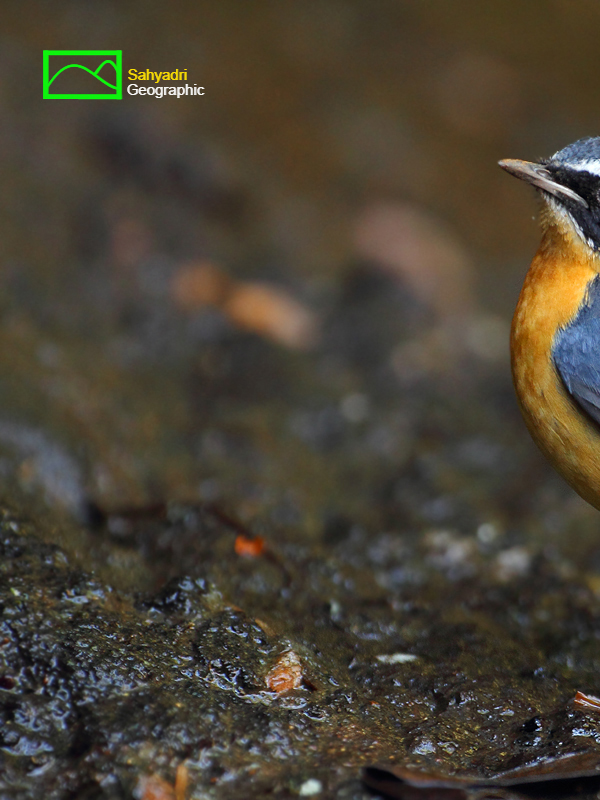 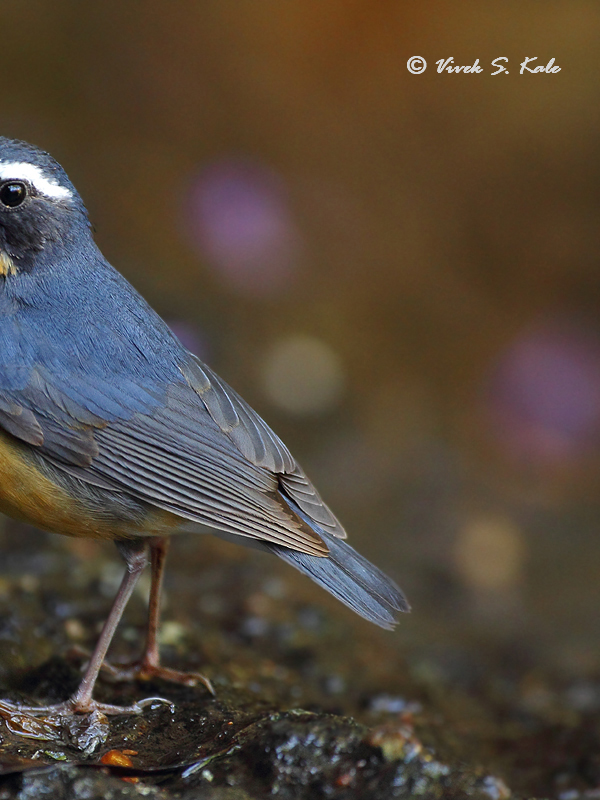 |
| |
| 21.Indian blue robin male, western ghats, Maharashtra, India
|
| |
|
|
| |
|
References :
1. Birds of the Indian subcontinent : Richard Grimmett, Carol Inskipp and Tim Inskipp
2. The book of Indian birds : Salim Ali
3. Fauna of British India Volume II : E.C. Stuart Baker
4. The nidification of birds of Indian empire :Volume III : E.C. Stuart Baker
Contact me at kale_v@rediffmail.com for any queries and suggestions.
|
|